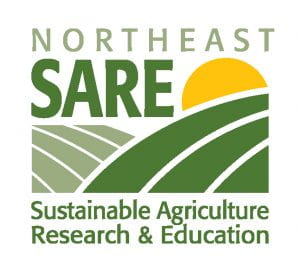GRAIN STORAGE SAFETY
Working around grain storage facilities is very dangerous. How many ways can you die or get hurt?
You can be buried in grain, fall from heights, suffer dust exposure to your lungs, be caught in explosions from grain dust, and more. Children are often victims of grain related accidents.
ACCIDENTS ARE PREVENTABLE.
Just a few basic safety precautions include:
- Never enter a grain bin with bridged grain, flowing grain, or where there is grain sloping.
- If you must enter a grain bin, get trained and use the proper safety precautions:
- “Lock out” all equipment so it cannot be turned on.
- use a body harness anchored to a proper anchor (once you are buried to your waist, it takes more than twice the force of your body weight to pull you out (400 lbs to pull out a 165 lb person). Once you are buried to your knees, you cannot get out without assistance.
- Have another person as an observer at the bin entrance to watch and communicate with you and others.
- Wear a proper dust mask.
- Take proper precautions for dust and possible explosions.
- Children must always be supervised around grain storage facilities.
If you have grain storage of any type (even just gravity wagons or totes), safety training is a must. Here are some websites with excellent resources to learn more:
Grain Handling Safety Coalition Video: Excellent four-minute summary of grain bin safety,
Purdue University: Agricultural Confined Spaces: videos, publications, presentations, classes.
“Show Me Farm Safety”: Univ. of Missouri, publications and a video.
Grain Handling Safety Coalition: Recorded trainings, publications, safety checklists, more.
National Grain & Feed Foundation Bin Safety Video: Animated bin safety video.
Oklahoma State University, Stored Products Research & Education Center: factsheets, presentations, videos, plans for a plywood cofferdam, and a grain bin safety video.
Pennsylvania State University, Farm Safety & Agricultural Health Video, Hazards of Flowing Grain
This material is based upon work supported by the National Institute of Food and Agriculture, U.S. Department of Agriculture, through the Northeast Sustainable Agriculture Research and Education program under sub-award number SARE LNE20-396.



